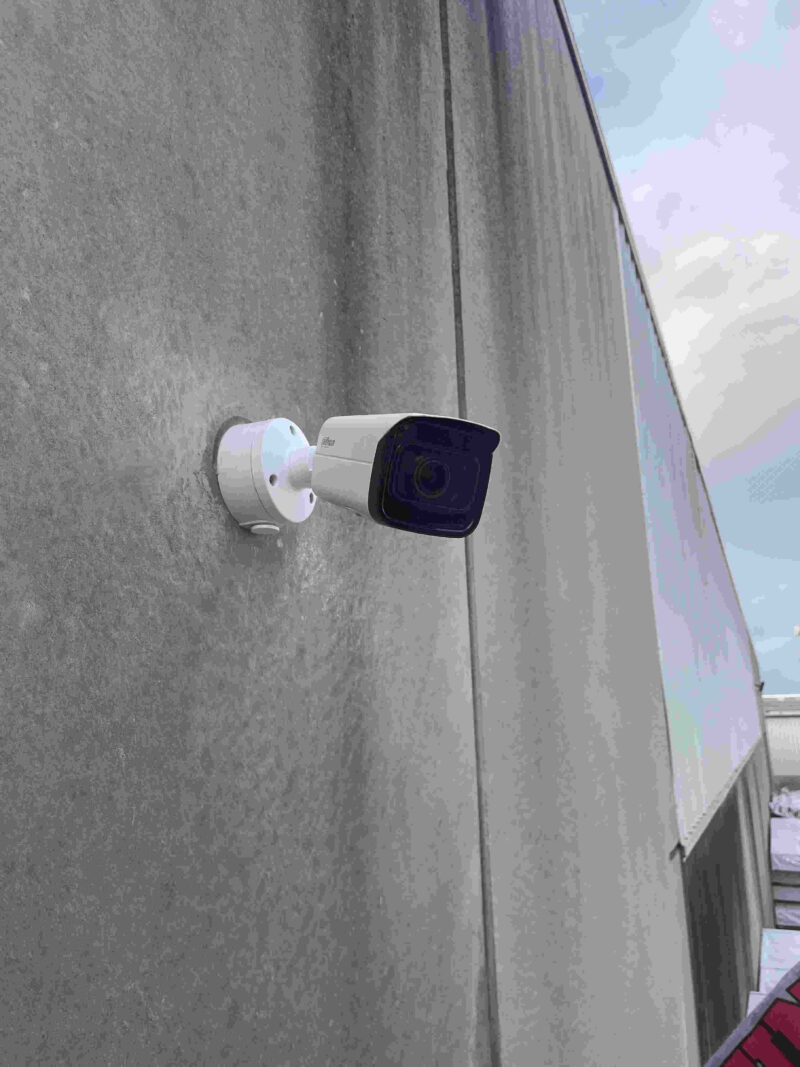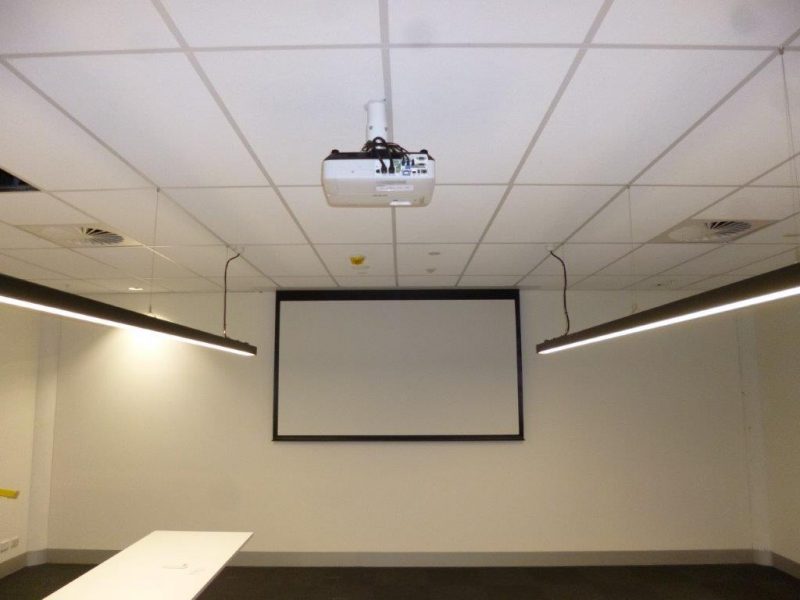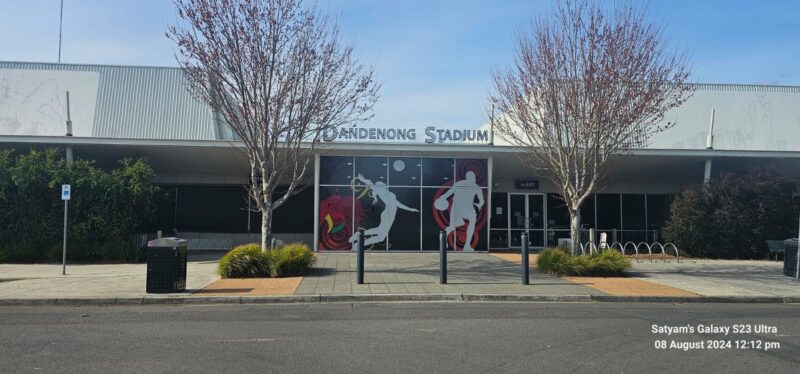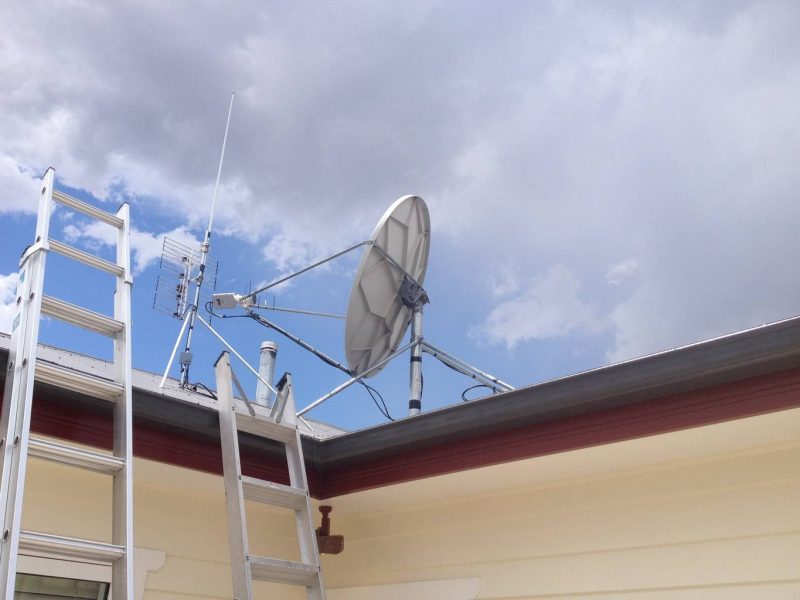The Evolution and Relevance of Wi-Fi Standards for Home and Business.
Wi-Fi technology has evolved considerably, adapting to the changing demands of both residential and commercial environments. From its initial days of basic connectivity to today’s advanced needs for high-speed, reliable, and low-latency networks, understanding these developments is crucial for making informed decisions about equipment upgrades. For instance, transitioning to Wi-Fi 6 or preparing for Wi-Fi 7 can ensure that both homes and businesses are equipped to handle the growing demands of smart devices, streaming services, and high-speed internet activities.
Staying updated on these standards allows you to optimize your network setup, ensuring it meets the bandwidth and performance requirements of modern connectivity.
Evolution of Wi-Fi Standards
Here’s a concise overview of the significant advancements in Wi-Fi technology:
1999
- Speed: Up to 11 Mbps, later reaching 54 Mbps
- Frequency: 2.4 GHz band
- Impact: The initial widely adopted standard, offering reasonable speeds but limited by interference from other devices using the same frequency, such as microwaves and cordless phones. The introduction of higher speeds and operation on the less congested 5 GHz band reduced interference, though it had a shorter range and lower adoption compared to 802.11b.
2003
- Speed: Up to 54 Mbps
- Frequency: 2.4 GHz band
- Impact: Combined the best features of 802.11b and 802.11a, providing higher speeds on the 2.4 GHz band. This became the most popular standard for many years.
2009
- Speed: Up to 600 Mbps
- Frequency: 2.4 GHz and 5 GHz bands (dual-band)
- Impact: Introduced MIMO (Multiple Input Multiple Output) technology, allowing multiple antennas to transmit and receive data simultaneously. This greatly improved speed and range, marking Wi-Fi as a viable solution for video streaming and gaming.
2013
- Speed: Up to 3.5 Gbps
- Frequency: 5 GHz band
- Impact: Offered significantly faster speeds and better range, handling multiple devices more efficiently. This standard was pivotal with the rise of smart homes and increased device connectivity.
2019
- Speed: Up to 9.6 Gbps
- Frequency: 2.4 GHz and 5 GHz bands (dual-band)
- Impact: Wi-Fi 6 enhanced overall network efficiency, especially in dense environments like apartments and offices. It introduced technologies such as OFDMA (Orthogonal Frequency Division Multiple Access) and advanced MIMO, accommodating a higher number of connected devices with improved speeds, lower latency, and better performance in congested areas.
Looking Ahead: Wi-Fi 7
- Expected Speed: Up to 30 Gbps
- Frequency: 2.4 GHz, 5 GHz, and 6 GHz bands
- Expected Impact: Wi-Fi 7 will deliver even faster speeds and reduced latency, leveraging advanced technologies such as 320 MHz channels, multi-link operation, and 4K-QAM. It is anticipated to support emerging technologies like 8K streaming, VR/AR, and smart cities, making it an ideal choice for future-proofing both homes and businesses.
As Wi-Fi technology continues to advance, staying informed about the latest standards is essential for ensuring your network can meet the demands of modern connectivity. Upgrading to newer Wi-Fi standards like Wi-Fi 6 or preparing for Wi-Fi 7 can provide significant benefits in speed, efficiency, and device handling.
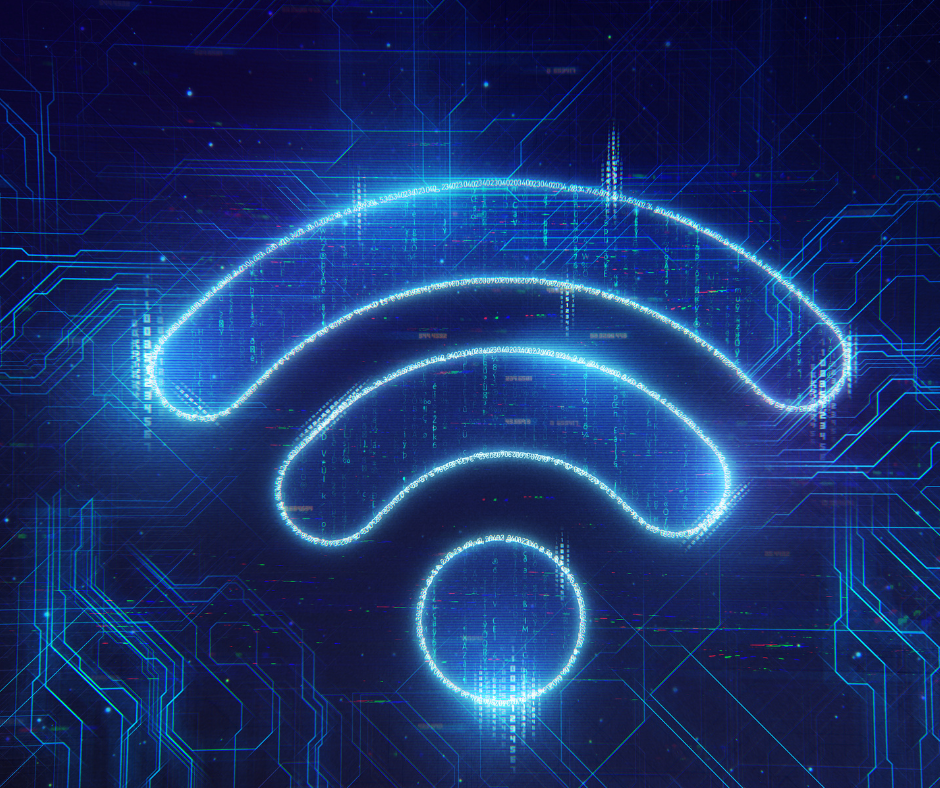
For expert advice and assistance with your Wi-Fi needs, including installation and optimisation of the latest standards, trust the professionals at Jim’s Antennas. Our team is dedicated to providing top-notch solutions to ensure your home or business is equipped with the best possible connectivity.

